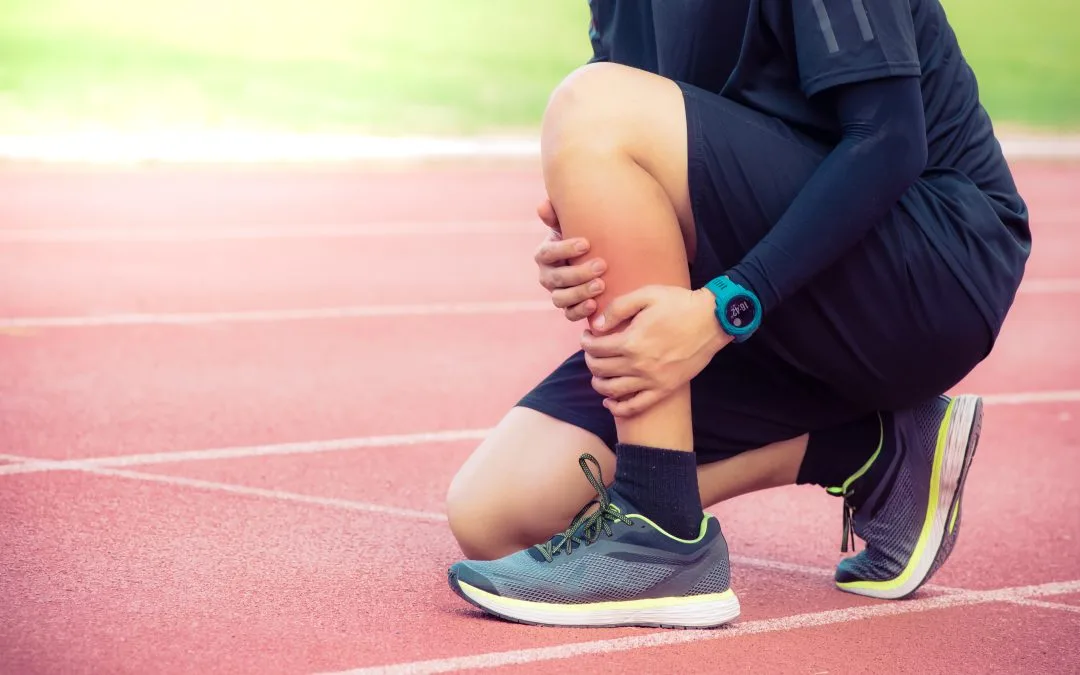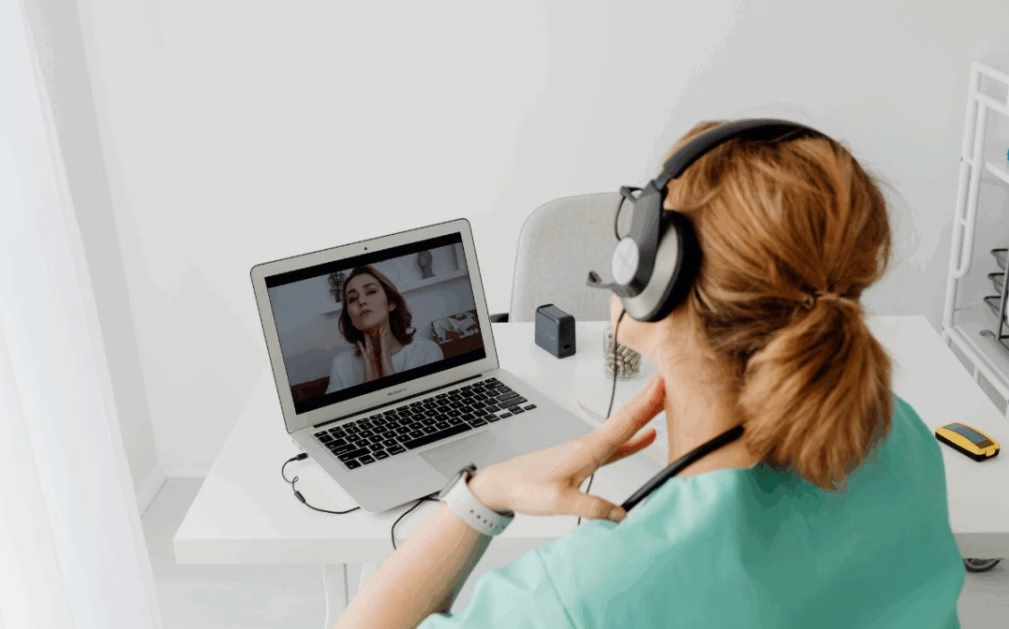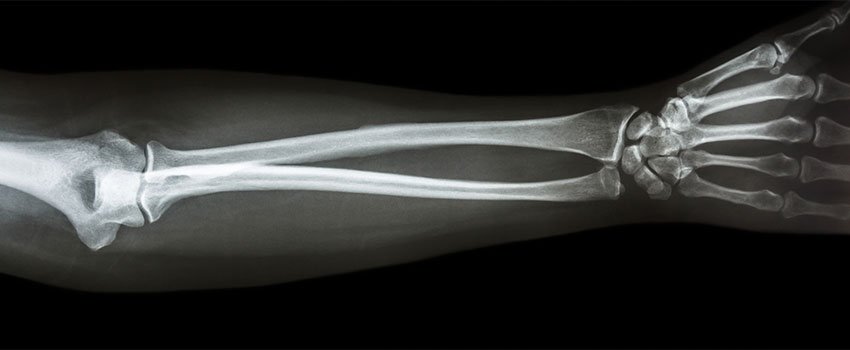
So, you’ve dusted off your old sports gear after a long hiatus indoors, feeling the burst of spring energy propelling you towards a more active lifestyle. But as you eagerly dive back into your favorite activities, you might find your shins protesting the sudden increase in movement. So, the question arises: could it be shin splints?
What Are Shin Splints?
First off, let’s clarify what we mean by “shin splints.” This term encompasses a range of pains occurring around the shin, the front part of your leg bone below the knee, scientifically known as the tibia. Typically, there are two primary types: medial tibial stress syndrome (MTSS) and anterior tibial stress syndrome (ATSS). MTSS brings about pain along the lower two-thirds of the inside of the shin, while ATSS causes discomfort along the front outside of the shinbone. When people talk about having shin splints, they’re usually referring to MTSS.
Signs of Shin Splints
Shin splints often start as a throbbing pain accompanied by tightness, tenderness, soreness, and mild swelling on the inner edge of the shin. Initially, you might only experience pain at the beginning of physical activity, which then diminishes as you warm up. This early discomfort signals an injury, making it crucial to address the issue promptly.
What Leads to Shin Splints?
These painful conditions typically develop when the muscles, tendons, and bone tissue of the lower leg are overworked and haven’t had sufficient time to recover and heal from stress. Several factors contribute to this, including:
- Suddenly ramping up activity level or changing intensity, duration, or repetition.
- Wearing improper or worn-out shoes.
- Engaging in activities with frequent starts and stops, like basketball or dancing.
- Inadequate preparation before physical activity, including skipping stretching.
- Weakness in leg, foot, ankle, hip, or core muscles, increasing strain on the body.
- Flat feet or poor leg/foot/ankle alignment.
- Low bone density, especially among women.
Common Symptoms
- Swelling and tenderness in the lower leg.
- Pain when pressing on the shins.
- Aching pain along the lower front of the shin.
- Pain worsening during and after exercise but easing with rest.
- Increased pain in the morning.
How To Manage Shin Splints
- Rest: Give your legs a break and avoid activities causing pain.
- Ice: Apply ice packs to the affected area several times a day to reduce inflammation.
- Pain Relief: Over-the-counter anti-inflammatory medications can help ease discomfort.
- Alter Activities: Opt for non-weight-bearing activities like swimming or cycling while recovering.
Prevention Tips
Before jumping back into your routine, assess your body’s readiness. If you can walk pain-free, perform tiptoe movements without discomfort, and complete single-leg hops without pain, you’re likely ready to gradually resume regular activities, ensuring you have suitable footwear.
Prevention is key to avoiding the discomfort of shin splints. Here’s what you can do:
- Footcare: Wear well-fitting shoes with adequate shock absorption, avoiding sudden changes in shoe type. Consider orthotics for proper foot and ankle alignment.
- Strengthen Your Body: Incorporate exercises targeting leg, foot, ankle, hip, and core muscles. Alternate between high and low-impact activities, allowing for adequate recovery time. Warm up before and cool down after exercise.
- Terrain: Opt for soft, level ground for running or high-impact activities.
By understanding the causes, symptoms, and preventive measures, you can continue enjoying your favorite activities without the hindrance of shin splints. Remember, if you experience persistent or severe shin pain, seek professional medical advice for proper diagnosis and treatment.


